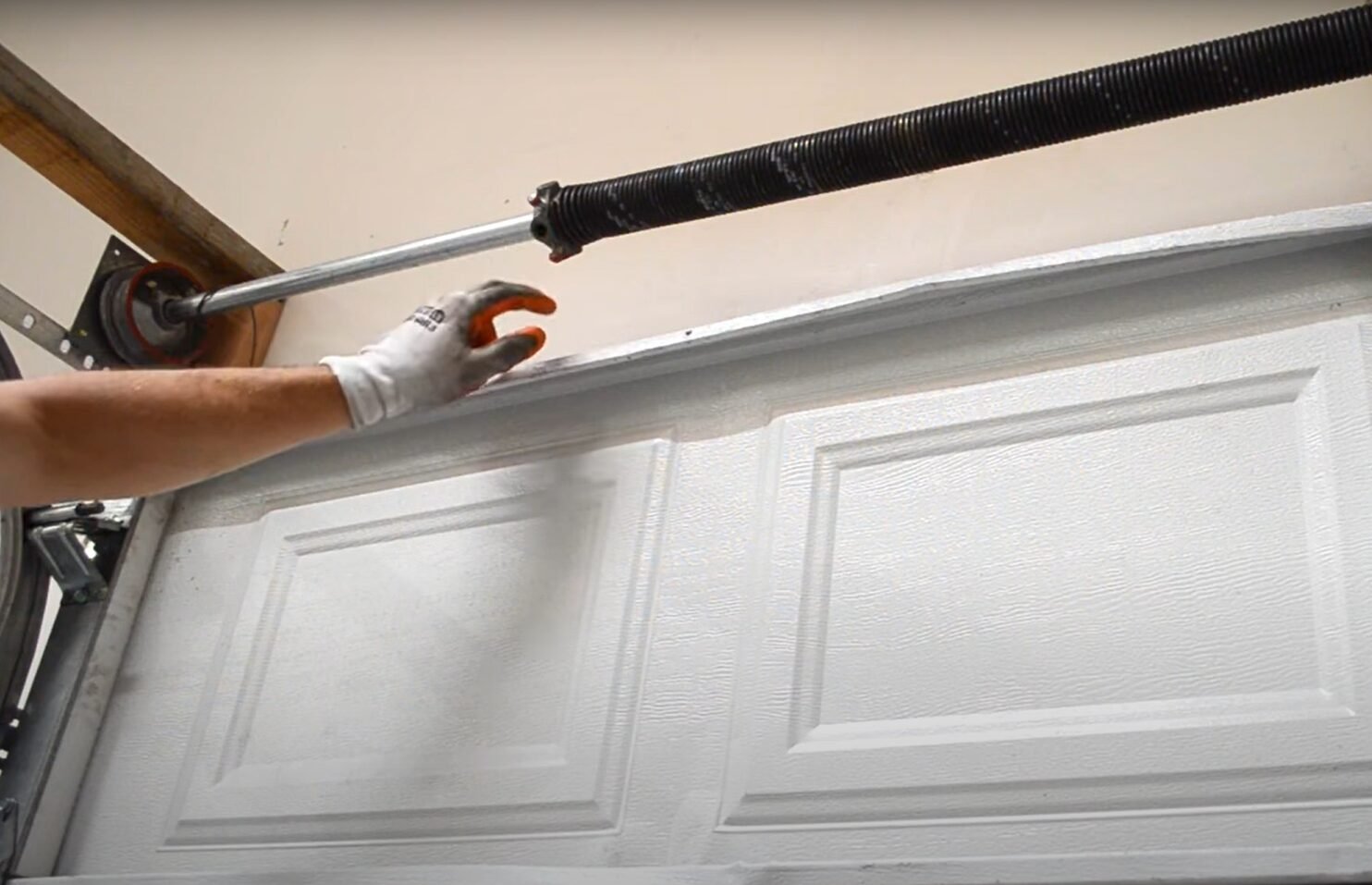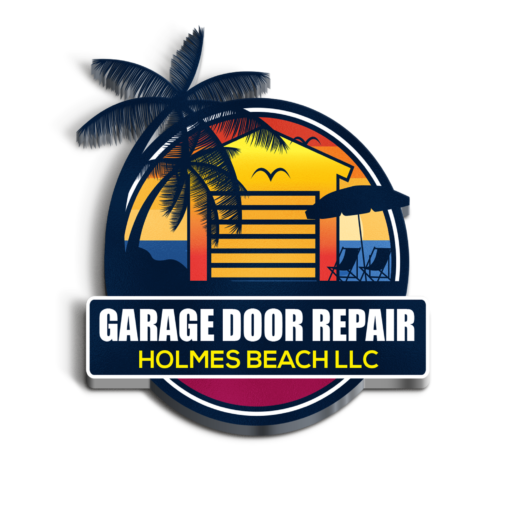The Ultimate Checklist for Garage Door Spring Repair Success
- Commercial Garage Door Repair
- Garage Door Opener Installation
- Garage Door Spring Repair
- Same Day Garage Door Repair
- Custom Garage Door
- Garage Door Opener Repair
- Garage Door Track Repair
- Gate Repair
- Garage Door Cable Repair
- Garage Door Panel Repair
- Local Garage Door Repair
- Garage Door Replacement
- Noisy Garage Door Fix
- Garage Door Installation
- Garage Door Section Replacement
- Overhead Garage Door Repair

The Ultimate Checklist for Garage Door Spring Repair Success
A properly functioning garage door is key to your home’s security and convenience. Among its many components, the springs are vital for smooth operation. However, handling garage door spring repair without preparation could lead to costly mistakes or even hazardous situations. That’s why we’ve created this essential checklist to guide you through the process. Whether you’re confident in your DIY skills or prefer to consult a professional, Garage Door Repair Holmes Beach is here to support your efforts.
Why a Checklist Matters for Garage Door Spring Repair
Garage door spring repair is not just about replacing broken parts; it involves safety considerations, proper tools, and accurate steps. Springs endure significant tension and wear, making repairs intricate and, at times, risky. Relying on a checklist ensures all bases are covered, helping you avoid unnecessary hassle or injury.
When Should You Tackle Repairs Yourself?
Before we jump into the checklist, ask yourself the following questions to determine whether DIY or professional intervention suits your situation better:
- Do you have the necessary tools and safety equipment?
- Are you familiar with the type of springs your garage door uses (torsion or extension)?
- Do you understand the safety risks involved, including potential injuries from spring tension?
If you answer “no” to any of these, consider reaching out to industry experts like Garage Door Repair Holmes Beach for assistance.
Your Ultimate Checklist for Garage Door Spring Repair
1. Preparation
Before starting repairs, prioritize preparation. It ensures efficiency and minimizes safety risks.
Safety First
- Invest in protective gear, including safety goggles and gloves.
- Switch off the automatic garage door opener to prevent accidental movement.
- Use sturdy ladders and reliable tools to enhance stability and control during repairs.
Gather Necessary Tools
You’ll need the following equipment for standard repairs:
- Winding bars (for torsion springs)
- Socket wrench set
- Replacement springs (choose based on your door’s specifications)
- Clamps to secure the door during repairs.
2. Inspect the Springs
Carefully examine the springs for visible signs of damage or wear. Identifying the right issue early simplifies the repair process.
Common Spring Problems
- Broken Coils: Look for gaps or breaks in the coils of the spring.
- Rust or Corrosion: These weaken the metal, compromising the spring’s efficiency.
- Uneven Wear: Test whether your door moves evenly and smoothly during manual operation.
Taking note of these problems ensures you address all relevant issues during repairs.
How to Execute Repairs Safely
Proceeding with the actual repair requires diligence. Here’s how to go about it the right way.
1. Release Spring Tension (For Torsion Springs)
Torsion springs are under immense tension. To release it safely, insert winding bars into the spring’s winding cone and loosen the set screws gradually.
Pro Tip: Do not attempt this without proper tools. Mishandling spring tension can cause serious injury.
2. Remove and Replace Damaged Springs
Once tension is released, disconnect the damaged spring carefully. Attach the new one, ensuring its specifications (length, diameter, and type) match your door’s requirements precisely.
3. Test and Adjust
After replacing the spring, conduct a few manual tests by lifting and lowering the door. Adjust the spring tension if necessary.
Note: If the door does not balance properly or feels heavy, the spring may not be installed correctly. This is a sign to consult a professional.
When It’s Time to Call the Pros
Some repair scenarios are beyond what the typical homeowner should manage. Here’s when professional assistance is essential:
- Multiple Spring Failures: Dual spring systems require experience to balance correctly.
- Lack of Tools: Using improper tools without expertise risks improper repairs or injury.
- Complex Problems: If springs are damaged alongside cables or pulleys, consult a professional team like Garage Door Repair Holmes Beach for a comprehensive fix.
Maintenance Tips to Avoid Future Repairs
Preventive maintenance can extend the life of your garage door springs and improve system reliability.
Lubricate the Springs
Apply a silicone-based lubricant every three months to reduce stress and slow down wear. Avoid using grease, as it may accumulate debris over time.
Inspect Seasonally
Check your springs and other components each season. Look for visible damage such as fraying cables, weak springs, or rusted areas.
Balance Tests
Disconnect the garage door opener and lift the door manually. A balanced door should stay in the same position when raised halfway.
Final Thoughts
Successfully handling garage door spring repair requires preparation, careful attention to safety, and the right tools. While a DIY approach may work for minor fixes, addressing complex repairs on your own can be risky. That’s why having professionals like Garage Door Repair Holmes Beach on speed dial is always a good idea. They provide the expertise you need, ensuring safety and functionality for the long term. Follow this checklist, prioritize maintenance, and you’ll enjoy a smoothly operating garage door year-round.
